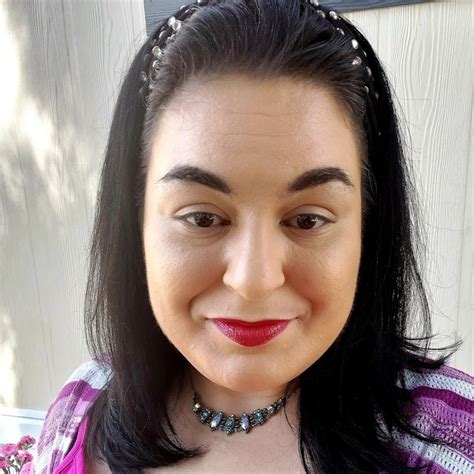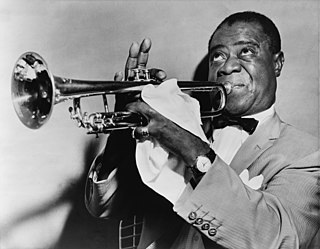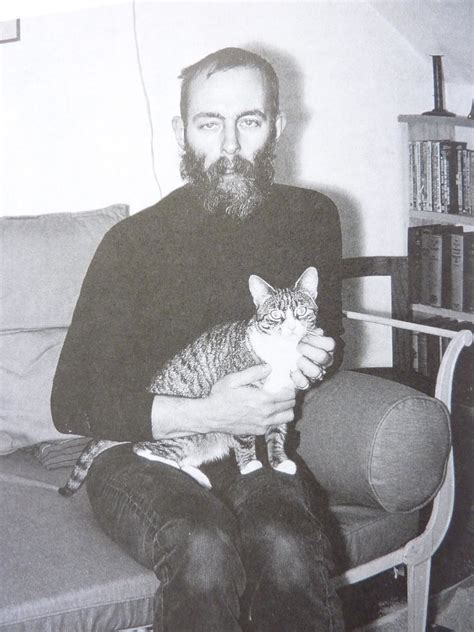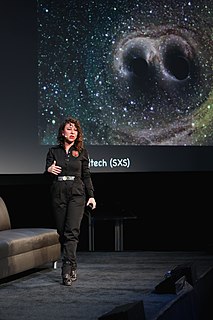A Quote by Michael Dickinson
Like many insects, flies are most sensitive to green light. This means that they would see their world as 'black and white,' in that they can't see the multiple colors required to reconstruct a color image of the world. They do, however, have specialized cells that enable them to see ultraviolet wavelengths.
Related Quotes
You have to be able to connect to the world of archetypes. That is not so easy, and most people in the West have no clue, that that is necessary, because they have no clue of what that means. They see the image, they see Buddha here, but they don't see what the image represents. Its one thing to see with this physical eyes, it's another thing to see with this spiritual eye.
It is sometimes said that scientists are unromantic, that their passion to figure out robs the world of beauty and mystery. But is it not stirring to understand how the world actually works — that white light is made of colors, that color is the way we perceive the wavelengths of light, that transparent air reflects light, that in so doing it discriminates among the waves, and that the sky is blue for the same reason that the sunset is red? It does no harm to the romance of the sunset to know a little bit about it.
Once again you are wrong sir, darkness does not exist either. Darkness is in reality the absence of light. Light we can study, but not darkness. In fact we can use Newton's prism to break white light into many colors and study the various wavelengths of each color. You cannot measure darkness. A simple ray of light can break into a world of darkness and illuminate it. How can you know how dark a certain space is? You measure the amount of light present. Isn't this correct? Darkness is a term used by man to describe what happens when there is no light present.
When I recollect her, I see a long list of colors, but it's the three in which I saw her in the flesh that resonate the most. Sometimes I manage to float far above those three moments. I hang suspended, until a septic truth bleeds toward clarity. That's when I see them formulate: THE COLORS RED: [rectangle] WHITE: [circle] BLACK: [swastika] They fall on top of each other. The scribbled signature black, onto the blinding global white, onto the thick soupy red.
You know, you walk through this hotel, you're not going to see all white people; you're not going to see all black people; you're going to see what the world looks like. I promised myself that if I ever got an opportunity where I would be able to make a difference and have a say, that I would want to deliver [that] message [of inclusivity].
Brent Berlin and Paul Kay in Basic Color Terms demonstrate exhaustively and empirically, the very simple thesis that anywhere in the world, as a language develops and acquires names for color, the colors always enter in the same order. The most primitive are black and white. Then red. Then either green or yellow.
Munch writes poetry with color. He has taught himself to see the full potential of color in art His use of color is above all lyrical. He feels color and he reveals his feelings through colors; he does not see them in isolation. He does not just see yellow, red and blue and violet; he sees sorrow and screaming and melancholy and decay.
You see so many beautiful things happening in this world, and you see so many things that make you want to cry and crawl under a rock. But there's an underlying feeling of magic and mystery in everything that I live for. I feel like all of my art is trying to get people to see that underlying, subtle energy that lives within everything that we see and what we don't see in this world.
There are faint stars in the night sky that you can see, but only if you look to the side of where they shine. They burn too weakly or are too far away to be seen directly, even if you stare. But you can see them out of the corner of your eye because the cells on the periphery of your retina are more sensitive to light. Maybe truth is just like that. You can see it, but only out of the corner of your eye.



































